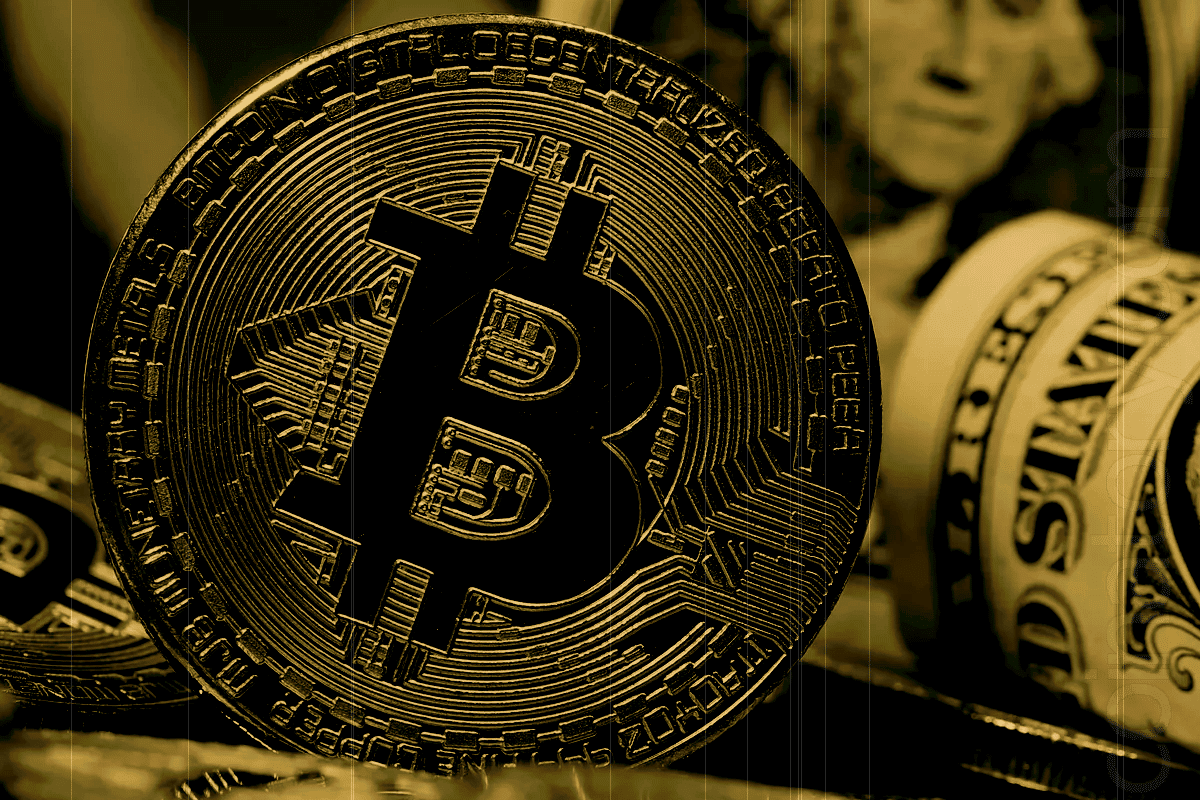
In a notable shift in trade policy, U.S. President Donald Trump has exempted a wide range of technology products—including smartphones, semiconductors, computers, and consumer electronics—from ongoing tariffs. The move delivers much-needed relief to an industry long strained by cross-border trade tensions and supply chain disruptions.
The U.S. Customs and Border Protection confirmed that items such as modems, storage cards, diodes, and other semiconductor components will no longer be subject to the reciprocal tariffs. These exemptions are retroactive from April 5, 2025, and are part of a broader 90-day pause on tariff hikes, reducing rates to 10% for nations not engaging in counter-tariffs against U.S. goods.
The market responded swiftly to the announcement. Bitcoin surged by 9% on April 9, breaking above $85,000 on April 12. The S&P 500 also posted a gain of more than 10% on the day of the tariff pause. Market analysts attribute the rallies to revived investor confidence and an increase in risk appetite.
“Large-cap technology companies will ultimately come out ahead when this is all said and done,” noted a market commentary posted by The Kobeissi Letter. Tech stocks, closely tied to the broader risk asset market, are anticipated to benefit from the tariff reprieve.
Crypto markets, historically correlated with high-growth technology equities, mirrored the optimism. The easing of trade restrictions is perceived as a macroeconomic signal that could support further crypto market expansion.
However, some market commentators remain skeptical of the long-term impact. Bitcoin advocate Max Keiser argued that the exemptions are unlikely to reverse rising bond yields or aid in lowering interest rates. On April 11, the yield on the 10-year U.S. Treasury climbed to approximately 4.5%, reflecting persistent investor anxiety over economic uncertainty.
Economist Raoul Pal interpreted the tariff policy as strategic posturing aimed at accelerating a U.S.-China trade agreement. While the exemptions are a positive signal, the possibility of renewed tariffs—particularly under the ongoing Section 232 review concerning semiconductor imports—keeps long-term forecasts murky.
The tech industry, consumer markets, and digital assets all stand to benefit in the short term. Nonetheless, ongoing geopolitical complexities ensure that trade remains a central variable in global market dynamics.







